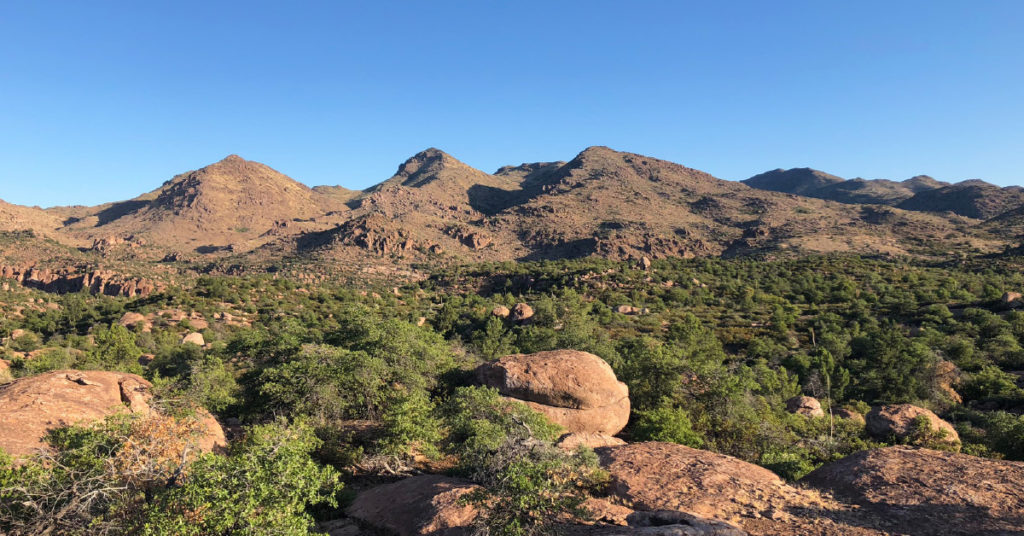
Challenge: To quantify expected groundwater inflows and evaluate acid generating or neutralizing potential of subsurface material in support of the mine permitting process.
Solution: Resolution Copper is a proposed underground copper mine with the target porphyry deposit between 4,500 and 7,000 feet below ground surface. The deposit will be mined using panel caving techniques. Groundwater inflows to the shafts during construction and into the workings during operations was expected. Geologic and hydrogeologic modeling was necessary to advance the project during the feasibility investigations and Arizona Aquifer Protection Permit (APP) process. Geochemical investigations of acid generating or neutralizing potential of subsurface material were also needed to support Resolution’s permitting process for the Environmental Impact Statement (EIS) and the APP. In addition, the panel caving mining technique will result in a subsidence zone above the mine area, Surface subsidence and fracturing will lead to additional water flowing into the mine. Resolution Copper mine operators need to develop reliable predictions for future inflows into the mine as well as the potential for the subsurface material to generate acidic waste. INTERA developed regional-scale and mine-scale geologic block models using Leapfrog Geo and a regional model combining separate sub-regional models created using the Leapfrog and Vulcan software programs. Both the regional and mine-scale models were developed as a basis for further groundwater flow modeling in support of mine permitting. Using MODFLOW-SURFACT, INTERA modeled groundwater inflows to two shafts excavated into the graben encompassing the mine. Inflows to the shaft were used to calibrate hydraulic parameters, especially for the deep geologic units. Prediction of inflow rates area essential for mine planning as well as providing water balance estimates for use in groundwater impact analyses. We also developed an update to the conceptual model of groundwater flow and occurrence in the Apache Leap Tuff to determine the potential flow of groundwater from this unit into the mine during subsidence. In addition to the geologic and groundwater flow modeling, INTERA evaluated the subsurface material to determine the acid generating or neutralizing potential of the material, as well as its ability to leach metals. INTERA collected, compiled, and documented geochemical test data to determine the source and potential mitigation of elevated selenium concentrations in the ore and to more realistically predict mercury concentrations expected during weathering of waste rock.
Results: INTERA’s groundwater modeling and geochemical evaluations supported the successful publishing of the Final EIS for the mine.




